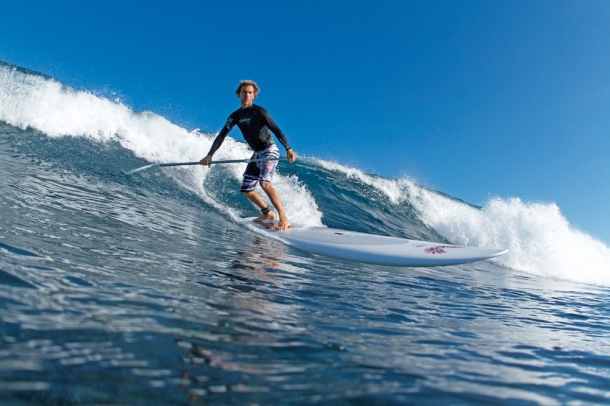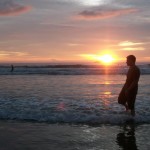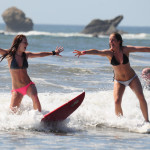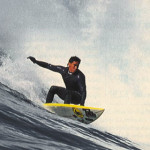Top Surf Tips for Beginners
Top Surf Tips for Beginners
Almost everyone has heard of surfing. Some folks may call it risky and unpredictable while others call it the most enticing and exhilarating activity. Surfing is a popular aquatic sport in which a sportsman rides the wave with or without a paddle board. This riding of the wave is known as surfing. Such rideable waves are most commonly found in the open ocean but can also be seen in rivers, estuaries, lakes and tidal bores. Many water parks have also created artificial wave pools where you can surf without any fuss! For many people, surfing is a way of life. Surfers, or wave worshiper, have come up with numerous reasons to love surfing. People say surfing is just like flying. You catch a right wave and you are easily carried back to the shore! Learning to surf can be a long journey; from the rush of adrenaline when you first hit the wave with millions of butterflies in your stomach to that moment when you have perfected a wave and have begun to experiment with new maneuvers. The passionate sport definitely requires lots of patience, physical coordination and fearlessness. If you keep failing, don’t give up. Just get up, make up your mind and start again! For those of you who are new to the wavy world of surfing, the following tips will be quite helpful;
The Essentials… Getting Started
Be A Strong Swimmer
Swimming is the closest thing to surfing and to surf you require excellent swimming skills for your own safety and comfort. Before you begin riding the waves, you need to become a regular swimmer. Make a schedule and stick to it! Where do you swim; in pools, lakes or the ocean? If it is the former you will need to practice swimming in the sea first. Just like surfing, swimming is all about the right technique rather than strength. A good swimmer will have more flexibility and an understanding of the ocean, currents and tides.
Pre-surfing Lessons – Find a Good Instructor
Surfing is not easy at all and the videos are not enough to get you ready for the raging waves. There are numerous surf schools, camps and shops offering basic lessons on surfing. Joining a school or hiring a professional surfer will prove to be very advantageous.
The Surfboard
Practice the right way to lie, paddle, sit and stand on the surfboard.
Surfboards should float on the water with or without your weight on them. To keep your board in balance, create a reference point 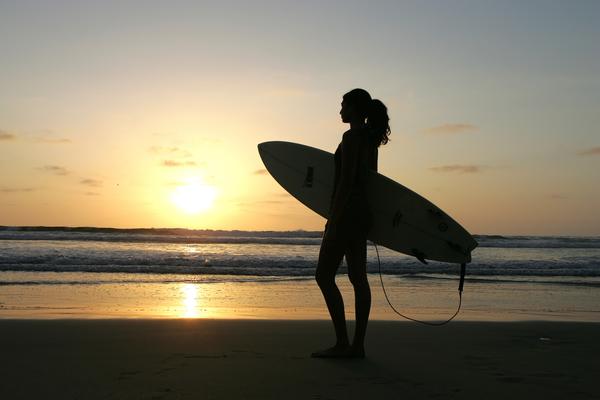 where it would come to rest any time you lie on the board. Next time you are in the water, just put your chin on that point and you will find your surfboard in balance! Novices make two common mistakes – putting too much weight in the back that results in corking of the board or putting too weight in the front, called pearling, which causes nose digging of the board into the water. Avoid these two mistakes and you are good to catch a wave! Next comes paddling. The proper way of paddling is called a crawl stroke which means paddling with alternative arms. Never paddle with both arms simultaneously because it will only slow you down. Once you get a hang of paddling, learn to sit on the surfboard. You maybe wobbly and clumsy in the beginning, but with time it gets very easy. You only have to be determined and calm about it! Standing on the board is quite tricky but achievable nonetheless. Stand up slowly and keep your body low. Seen a sumo wrestler? Just assume that position! Another thing to keep in mind is your vision. If you look down, you are most likely to fall, so look up, not down!
where it would come to rest any time you lie on the board. Next time you are in the water, just put your chin on that point and you will find your surfboard in balance! Novices make two common mistakes – putting too much weight in the back that results in corking of the board or putting too weight in the front, called pearling, which causes nose digging of the board into the water. Avoid these two mistakes and you are good to catch a wave! Next comes paddling. The proper way of paddling is called a crawl stroke which means paddling with alternative arms. Never paddle with both arms simultaneously because it will only slow you down. Once you get a hang of paddling, learn to sit on the surfboard. You maybe wobbly and clumsy in the beginning, but with time it gets very easy. You only have to be determined and calm about it! Standing on the board is quite tricky but achievable nonetheless. Stand up slowly and keep your body low. Seen a sumo wrestler? Just assume that position! Another thing to keep in mind is your vision. If you look down, you are most likely to fall, so look up, not down!
Dress Up!
Water temperature and your surfing wardrobe go hand in hand. If the temperature varies you may need to plan a seasonal surf wear. A sleeveless vest, full-sleeved jacket, a neoprene or rubber wetsuit, a cushioned plastic helmet, and an ankle strap to secure you to the board are few of the things you will need.
What to Avoid and Other Things to Remember
Avoid a board coming between the waves and yourself.
Avoid getting too close to the other surfers. There should be at least 15 to 20 feet of distance.
Avoid surfing alone. Beginners should surf with a experienced surfers in start.
Have a safety nose guard to prevent damaging your nose from the impacts.
Wear a vest, a leash and a rash guard.
Last but not the least, have fun!













